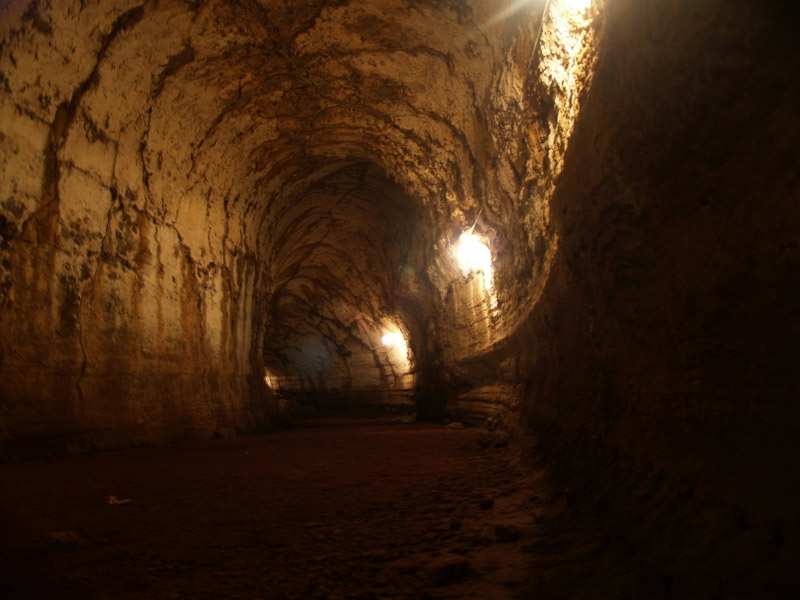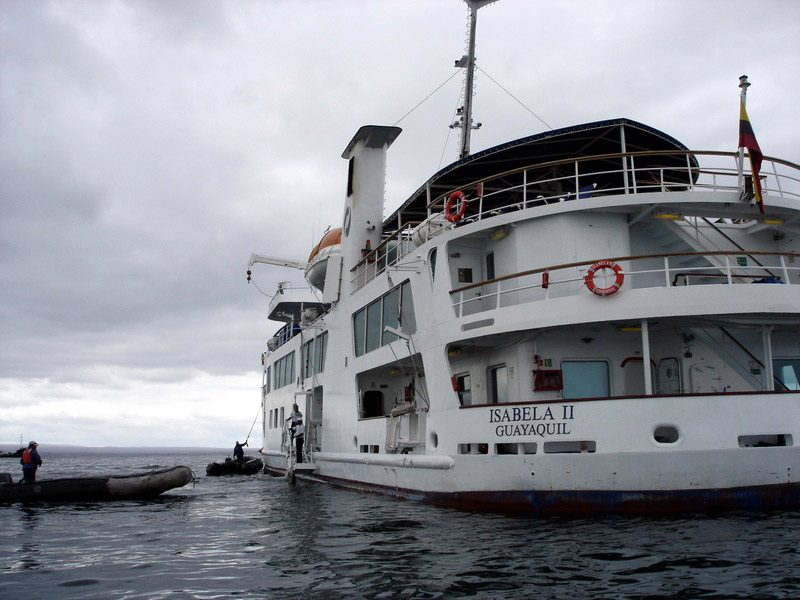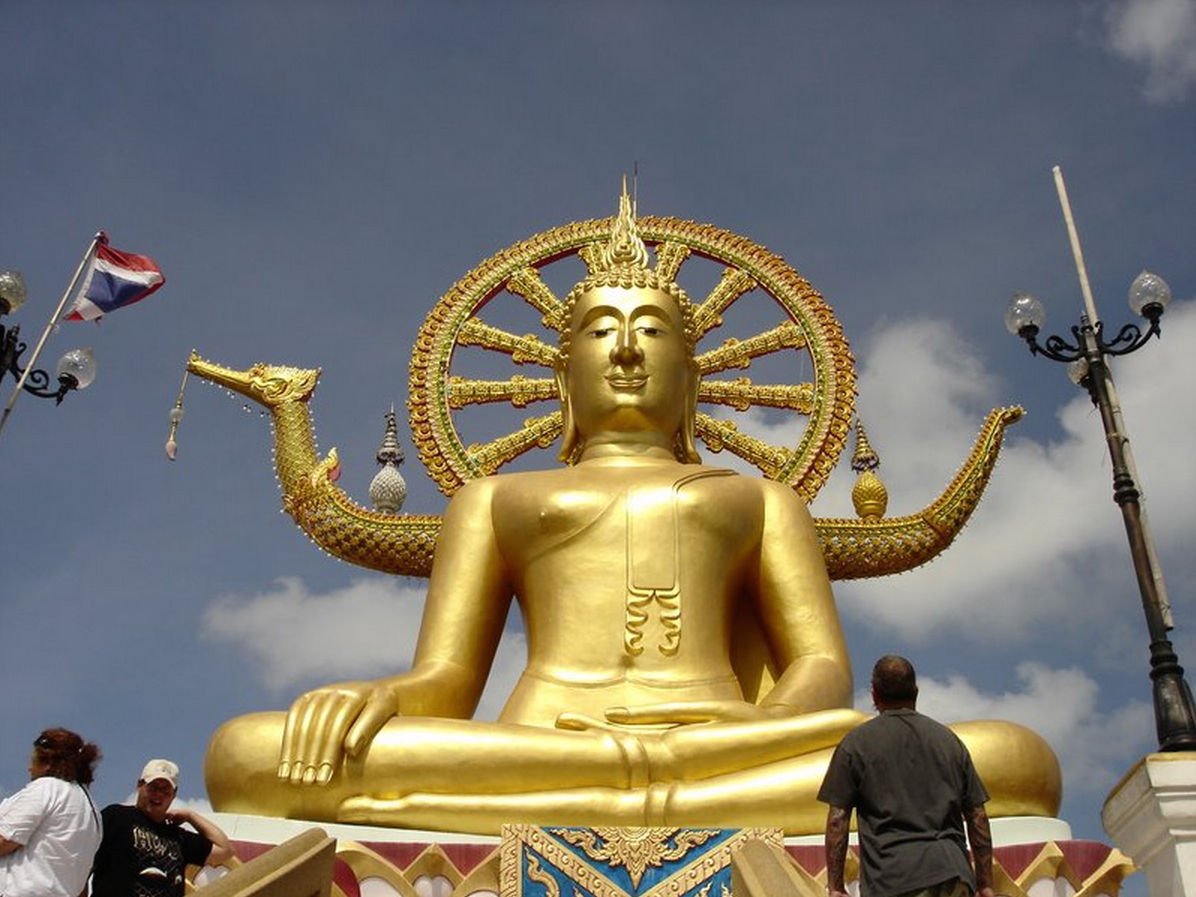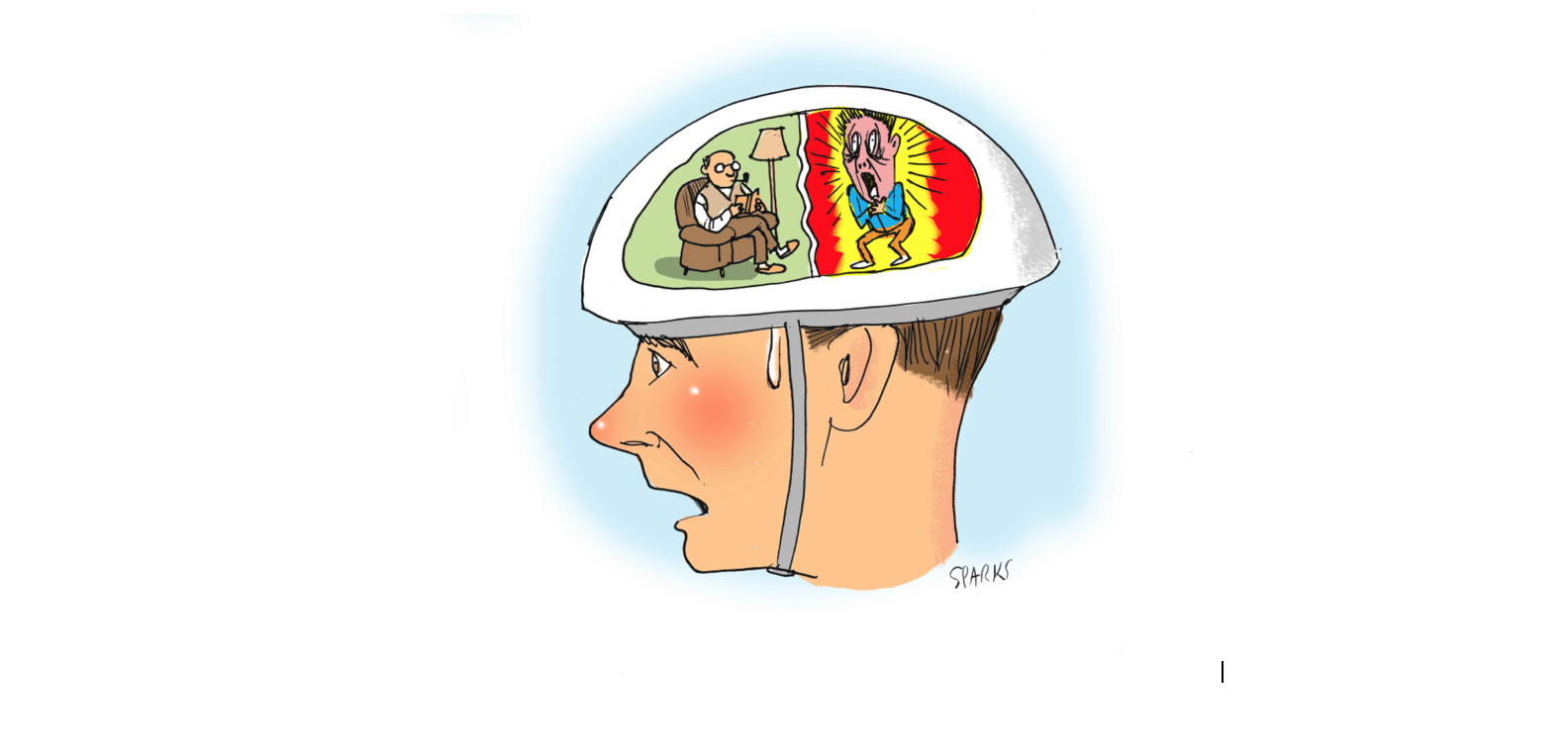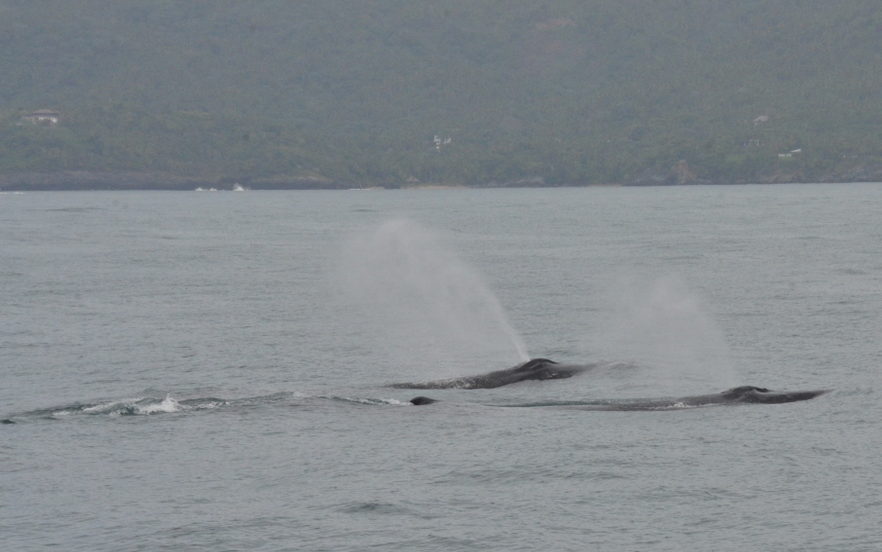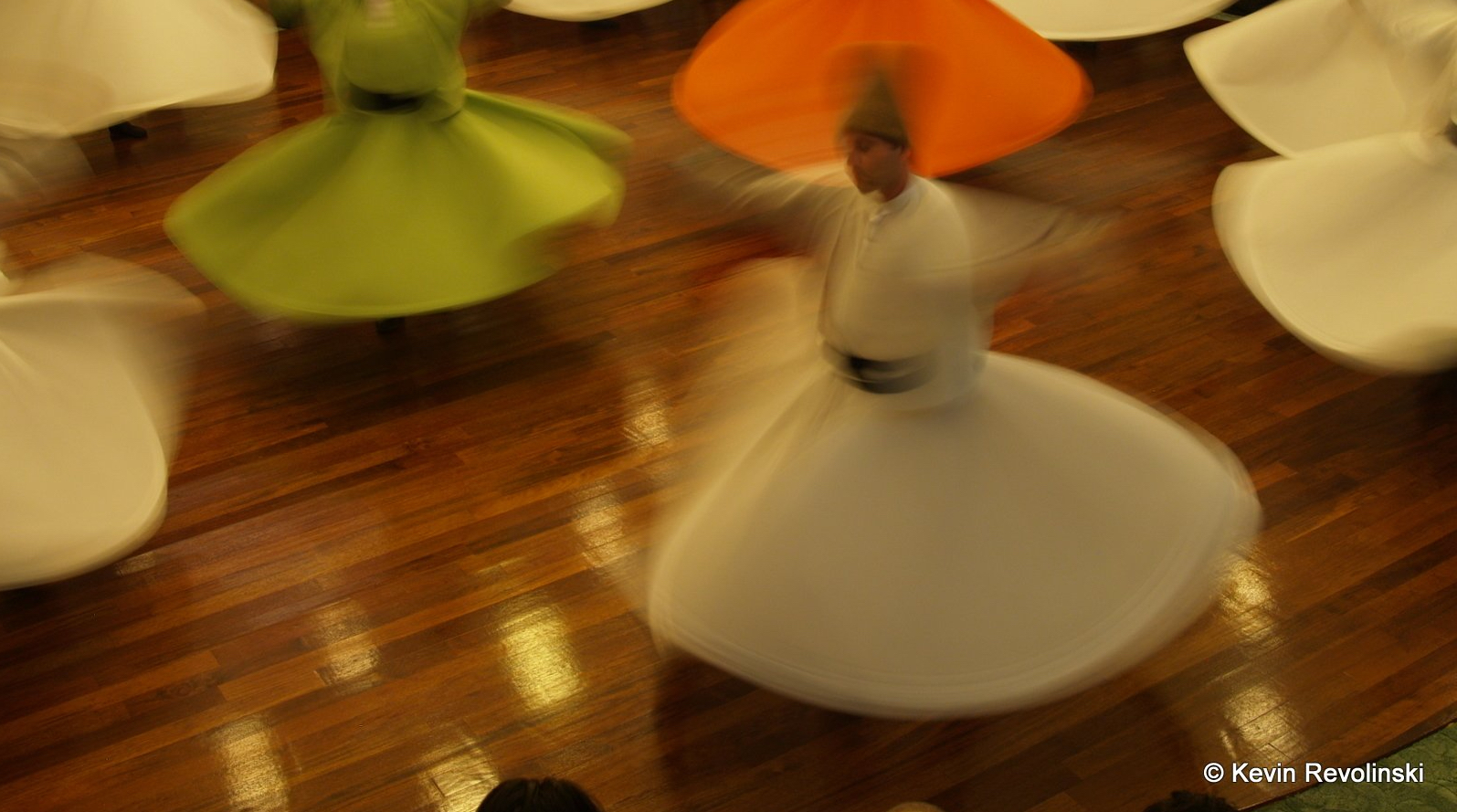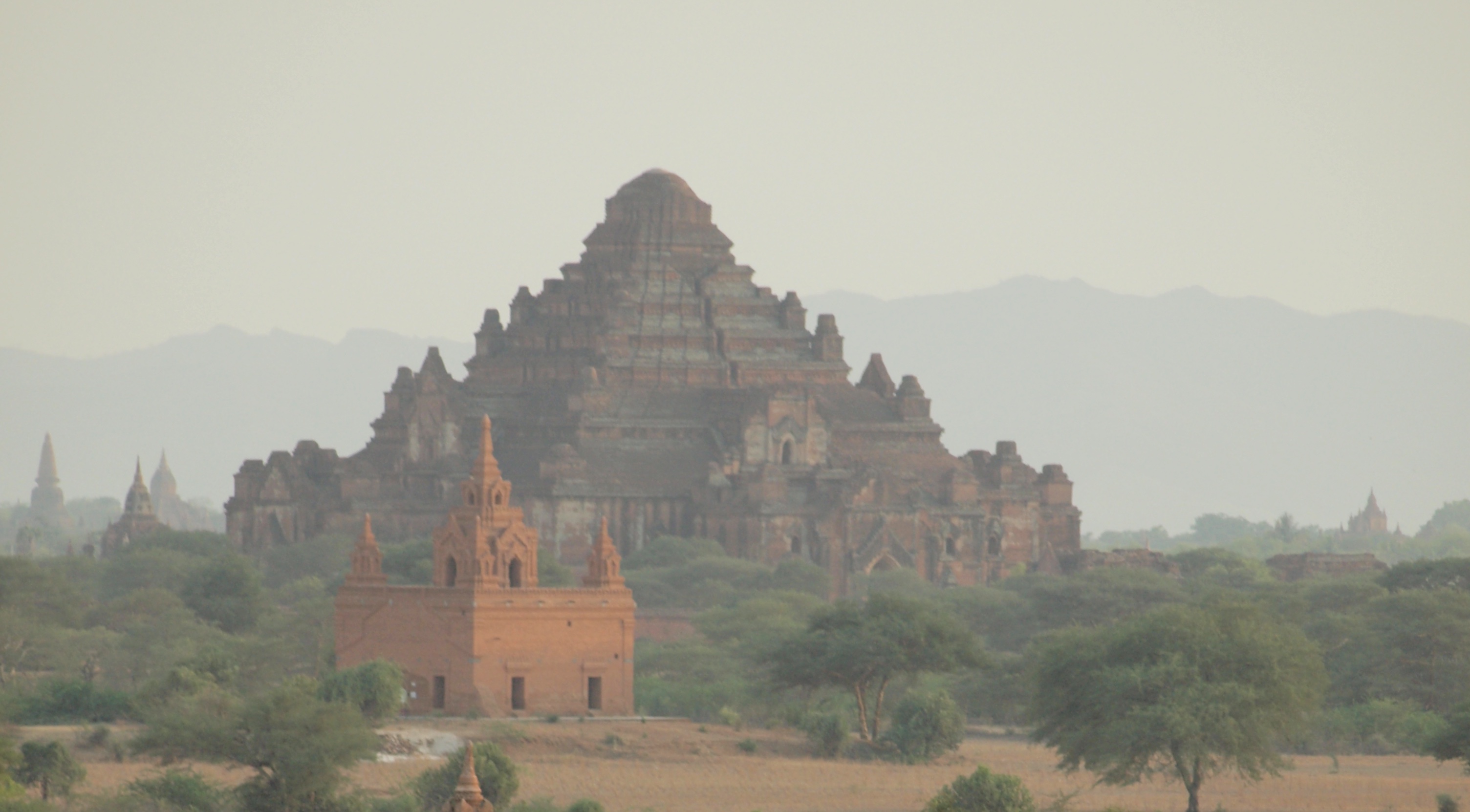I am the last human being on the island. Dusk is slipping down over the menagerie behind me like a velvet curtain full of sparkling pinholes. The sea lions, the iguanas, the bird colonies take back their home, and I am the last person to board the launch for the ride back to the ship. My fellow travelers and I will talk into the night like excited school children about our amazing first day in the Galapagos Islands.
I have traveled all over the world for work and pleasure, and have always preferred places that haven’t been overrun by tourist shops. My grandmother inculcated in me a deep appreciation for the natural world, and though I have seen a lot of national parks and wildlife preserves, this trip is a pilgrimage to one of the most remarkable places on earth.
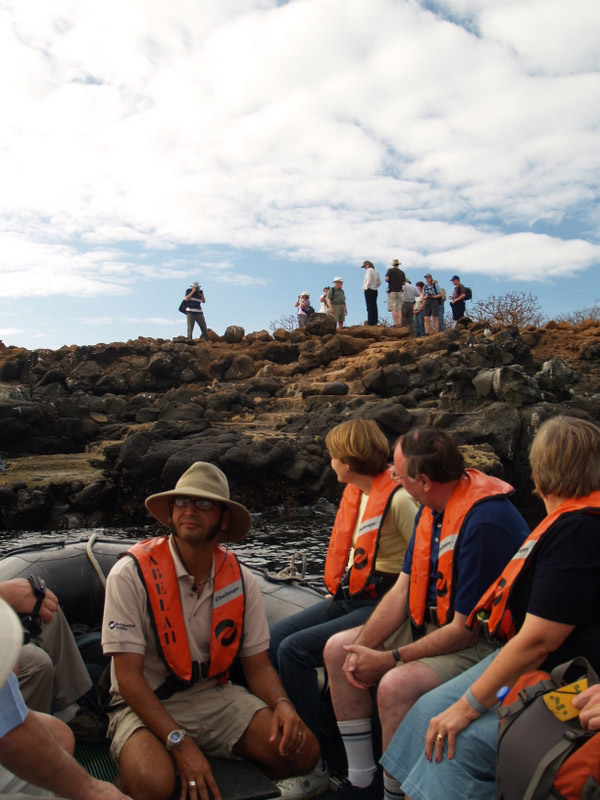
“The policy of the Galapagos National Park is to leave everything as natural as possible,” says my guide. There are no docks, pit toilets, garbage receptacles or park offices out here. With the exception of an occasional trail post, the island looks completely untouched.
But that is an illusion; though 97 percent of the land area and most of its waters are protected, the islands are constantly under threat from the world outside. Its history of geographical isolation is trumped by human population growth, introduced species, and illegal fishing and poaching. This trip of a lifetime could potentially be the trip of my lifetime.
The Galapagos Archipelago, made up of 14 islands and over 120 islets and rocks, straddles the equator 612 miles off the coast of Ecuador. Volcanoes formed the islands three to four million years ago, and though conditions are often quite harsh—many of the islands are mostly rock with scraggly plant life and no fresh water—life has adapted and flourished in isolation from the rest of the world – 40 percent of the roughly 5,000 plant and animal species here are unique.
I am traveling aboard the 40-person yacht Isabela II. Typically, I cringe at the thought of a cruise, but be assured that time aboard this expedition cruise is not all conga lines and lounge acts. Wakeup call is at 6 a.m. for shore excursions as we sail on our meandering path through the archipelago. Daily activities invariably include hiking, snorkeling, swimming, kayaking or glass-bottomed boat tours. At the end of the day, there are presentations on evolution, plants and animals, geology and Charles Darwin. My fellow travelers come from all over the planet with the same goal of seeing a rare world. A 70-year-old Norwegian man has brought his daughter; a recently married couple from California is along as well. David, a widower from Britain, entertains us all with a dry wit, and his cheerfulness is contagious. The smaller number of passengers means we all get to know each other quickly.
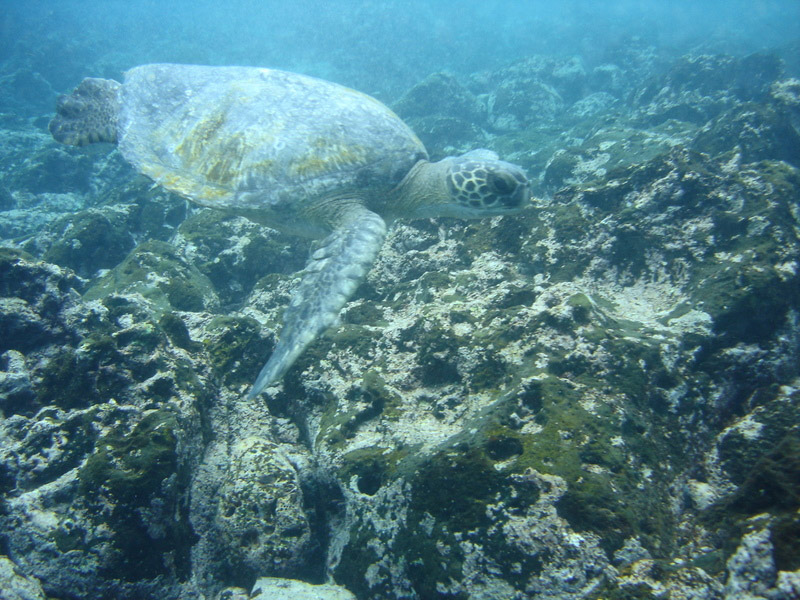
I feel like Jacques Cousteau discovering a new world. We even use Zodiacs—the inflated rubber launches he made popular—to get from the ship to shore, and the crew’s great attention to safety makes everyone comfortable getting in and out of the boats. Minutes later we are at Hood Island slipping over the sides into knee-deep water. Hiking is generally on dirt paths across even terrain and not very strenuous. Some trails, however, can be strewn with large rocks that require a bit of care, but only one of the travelers bothers to use a walking stick.
Humans seem completely out of place here. As I ogle the so-called wild animals, they ogle me. They seem to think: What on earth are these upright beasts doing on this island, so ill-adapted to the strong sun, hopelessly vulnerable to the dearth of fresh water and food? Only the crabs seem cautious, scuttling away when I am finally within a quick grab of their orange and blue armor glinting in the sun.

Maybe they’re the smart ones. The human population in the islands is estimated at over 30,000, many of whom are there illegally. In 2008 the number of tourists hit a record 173,000 and much discussion has been given to perhaps setting an annual limit within the park.
We are warned not to touch any of the animals, but the animals have no rules about that. Finches land on shoulders. Sea lions flop across the sand to come sniff out what we are all about. Perhaps their mothers should have warned–if I touch an infant, my scent could be a death sentence. Mothers recognize their offspring by smell. (No wonder—just try to visually pick one sea lion out of a lineup of 100.) A pup wanders the beach wailing in distress while its mother is probably out searching for food. We spend just over an hour at this location but only one female comes over and—as if demonstrating what the naturalist has just told us—brushes along the pup’s fur with her nose. Then she continues on down the beach leaving the pup to wail some more. The humans look on, hoping that what will probably happen, won’t. Here and there throughout our hikes I have seen the tiny carcasses like macabre deflated balloons shriveled up and dried in the harsh sun.
“Doesn’t the park save the animals?” someone asks.
The answer is no. Sometimes, as with a healthy sea lion population, our human commitment to preservation requires inaction; other times, as in the case of the giant tortoise, it requires an effort to reverse past abuses.
Back on board, our meals are prepared fresh and served buffet-style in a cozy dining room. We choose from imported and local cheeses, real Italian prosciutto crudo, tuna steaks and shrimp, salmon and various other dishes, salads and desserts. Everything is well above the quality I generally associate with any kind of all-you-can-eat setting. Afterwards, I have time to read on deck, send an email via satellite in the library, or have a soak in the hot tub on the upper deck.

The onboard naturalists have good senses of humor that keeps nightly lectures interesting and not overly technical. Yesterday was a fascinating multimedia presentation about the volcanic formation of the islands. Tonight the naturalist takes us out on deck in the cool breeze and uses a laser pointer to trace the constellations of a different hemisphere across a canopy of glittering stars. Meanwhile, sea lions roll in the lighted waters around the ship, spotting late night snacks.
The next day we spend an afternoon at the Charles Darwin Research Station (CDRS) which operates a tortoise farm on Santa Cruz Island. There were once fifteen subspecies of land tortoises in the Galapagos Islands, but four of those are now lost. The lumbering reptiles were easily hunted for food and their shells, and even the scientists themselves once wanted them in museums. Part of the CDRS’s work is the eradication of invasive species. Goats and rats are just a couple of ongoing threats to the native animal population.
The celebrity of the CDRS is Lonesome George, the last known example of the Pinta subspecies. That thought sticks in my head: this creature is gone forever one or two generations from now. Recent genetic samples from Isabela Island have given some hope that there may be another Pinta tortoise there, but even so, the odds of survival for this species are abysmal.
A tanker that ran aground off San Cristobal in 2001 showed how much damage can be done in just a moment’s carelessness. Though it was a “minor” spill of diesel—which unlike crude oil evaporates quickly and is less toxic—over 60% of the marine iguanas on nearby Santa Fe were dead within a month. The guide stops to show us this odd reptile that dives for its meals of algae. They have adapted to drink seawater and expel salt from their bodies by sneezing, which my naturalist jokingly refers to as “snot rocketing.”
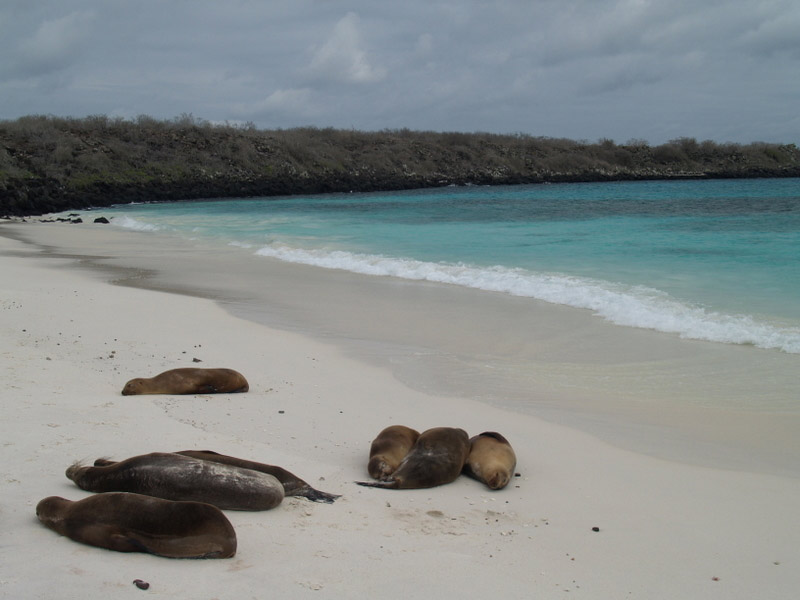
For my last excursion I opt for time in a kayak while most of the rest of the group joins a panga tour of the shoreline along Floreana Island. It is a rare opportunity to explore a bit by myself. I stop paddling and sit still as the motor of the panga becomes a distant hum. I look around me at the small bay, at the volcanic ash cones like perfect mountains beyond, and I listen to wind and wave. Something moves and I glance around at the rocks and I see them all staring right back at me. Sea turtles. My heart leaps and my hand instinctively goes for my camera. But they are nothing more than little heads like periscopes poking through the smooth surface of the sea in a circle around me, curious about that bright yellow boat with the odd fins. No camera captures the feeling of mutual observation. I raise the paddle and seven rocks disappear from the bay.
Moments later I find a playful sea lion. She’s nosing along the shallows in search of food and I dip my waterproof camera into the water to try to get a shot of her blowing bubbles into the lens. She glides into a smaller inlet that will soon become cut off from the sea as the tide slips from the sands and the sharp rocks rise up around it like fortifications. I rush to see before it’s too late.
Click on the slide show below to see more great images of the Galapagos.
About the Author
Check out Kevin Revolinski’s contributor page for more of his exciting travel stories. Follow Kevin Revolinski’s travels on his travel-planning website, The Mad Traveler, featuring many of his articles, photographs, information about his published travel guides, and more.




